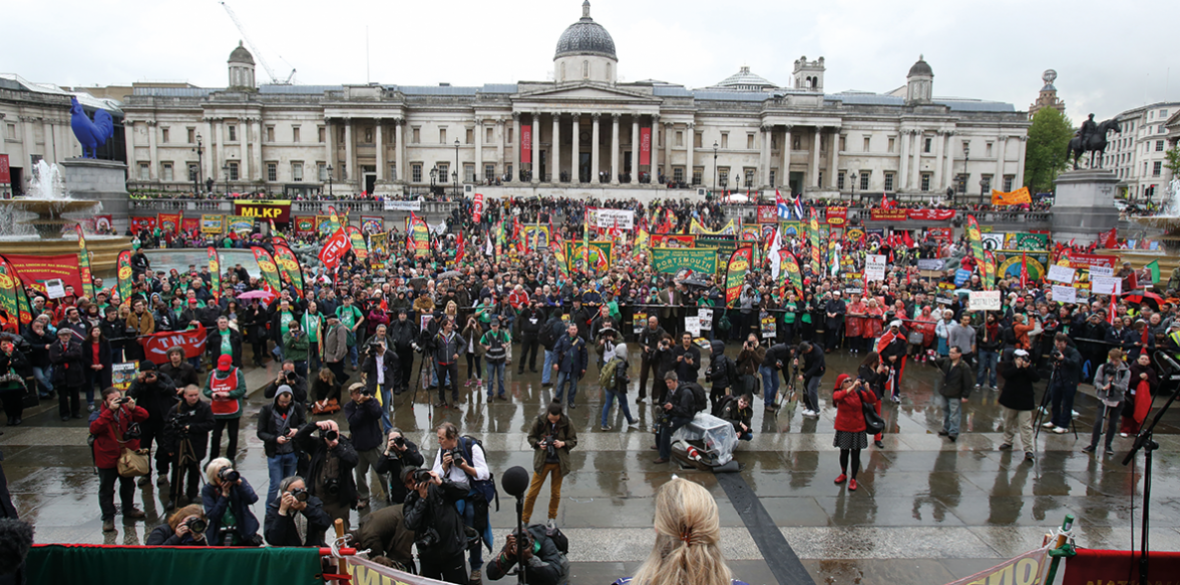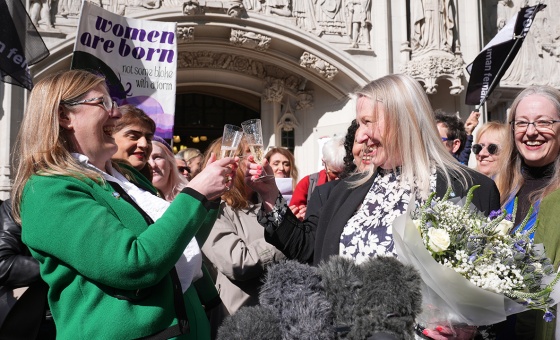This is the last article you can read this month
You can read more article this month
You can read more articles this month
Sorry your limit is up for this month
Reset on:
Please help support the Morning Star by subscribing here
IN RECENT decades pop songs from the Mamas and the Papas and the Boomtown Rats have reminded us that Monday is not the most popular day of the week.
Indeed before industrial capitalism got a firm grip in Britain, it was common for artisan workers whose weekend consisted only of the Sunday to take Monday off, sometimes extending into Tuesday as well.
The practice was known as Saint Monday. It may surprise people in 2023 that Peterloo in August 1819 and the Chartist protest for the vote on Kennington Common in April 1848 both took place on Mondays.
The 1871 Bank Holidays Act was an attempt to regularise and control the practice of taking Monday off.
A small number of official holidays were permitted such as Boxing Day and Whitsun. Only in 1978 was May Day added by a Labour government.
Officially this was seen as a progressive act to mark International Workers’ Day. In practice it was also an attempt to stifle the practice of workers taking unofficial strike action on May 1.
Ever since reactionaries have demanded that the May Day holiday be moved to the autumn and renamed Trafalgar Day or Margaret Thatcher Day.
Thatcher herself enjoyed the break. Her papers held at the Thatcher Foundation reveal that on Monday May 4 1981 she took lunch with husband Denis and daughter Carol.
May Day is marked around Britain with a series of marches and festivals, although not always on May 1 itself.
It’s combined with the traditional welcoming of spring that May brings, as Walter Crane’s graphics for the day sometimes reflected a new season of labour.
Eric Hobsbawm, surveying international May Day celebrations, found that in some other countries May Day was marked with more lively and robust protests.
British May Days tend to reflect the traditions of labourism dating back to the 1860s. That is, marches with banners, brass bands and speakers.
In recent times, however, the diversity of music and flags and banners has broadened considerably reflecting a living tradition.
One week on from the May Day bank holiday another will be held on May 8 to mark the coronation of King Charles III on May 6.
Many will be glad of a further paid break, where they get it. While Britain has considerably fewer public holidays than elsewhere in Europe, a point consistently made by the TUC, special holidays can appear at an official whim.
While the May Day holiday costs the public nothing, the one to mark the coronation will cost many millions of public money, despite the enormous wealth both of the royals and the King personally.
The coronation too has its traditions, many of them historic, but also often invented or reinvented for the occasion.
For example, an Australian citizen Simon Abney-Hastings will carry a golden spur at the coronation. He is the 15th Earl of Loudon whose ancestor reportedly gave the spurs to Richard the Lionheart at his coronation in 1189.
The spur in question dates from 1661 and the coronation of King Charles II as the originals were melted down by Cromwell in 1649.
The tradition is disputed and it is likely that the other golden spur will be carried by 23rd Baron Hastings, Delaval Astley, best known for playing the role of Cameron Fraser in the Archers.
What the purpose of the golden spurs is in 2023 is unclear. It seems unlikely that many will be celebrating this and other royal traditions, genuine or otherwise, on May 8. Some may think back to May 1 and ponder if there are not other ways of running society.
Keith Flett is a socialist historian.











